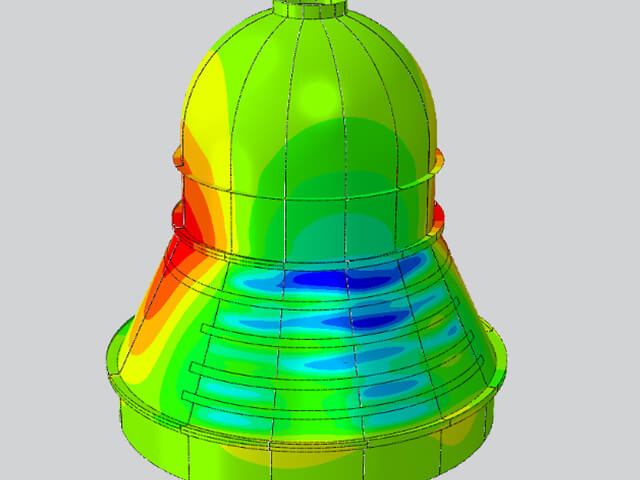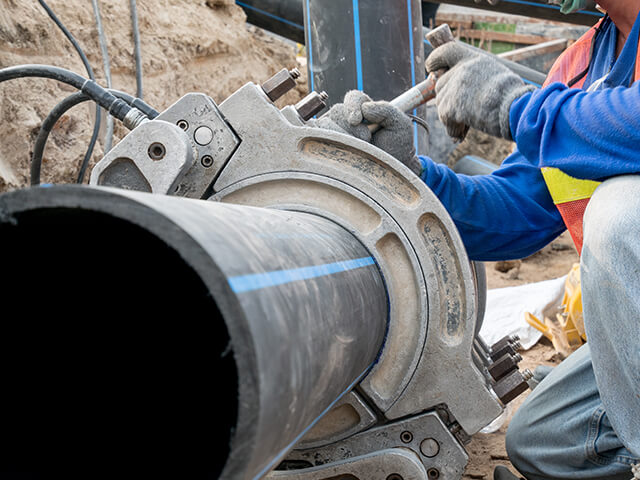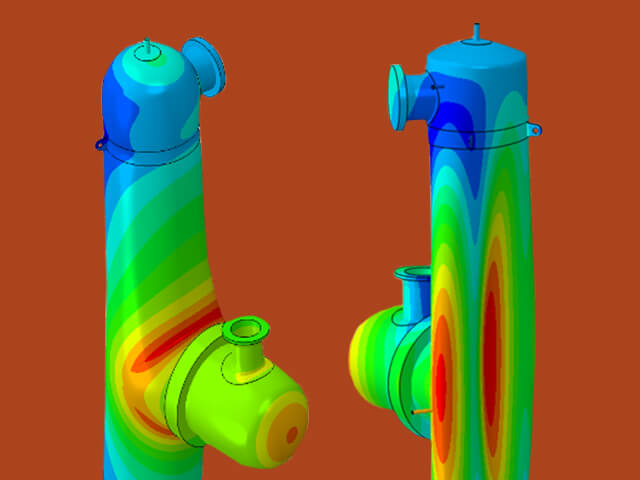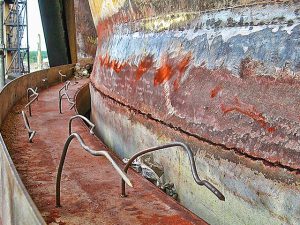
Dissimilar Metal Weld Repairs: Best Practices and Case Study
Dissimilar metal welds (DMWs) are often specified in process plants as an alternative to bolted mechanical joints and are successfully used in many corrosive and severe services. However, these welds can be subject to major weldability challenges and may lead to failures due to inherent material differences. In this article, the author examines these failure mechanisms, offers best practices for weld repairs and joint designs, and discusses a recent case study where laboratory analysis was used to identify the cause of a repeat DMW failure.









